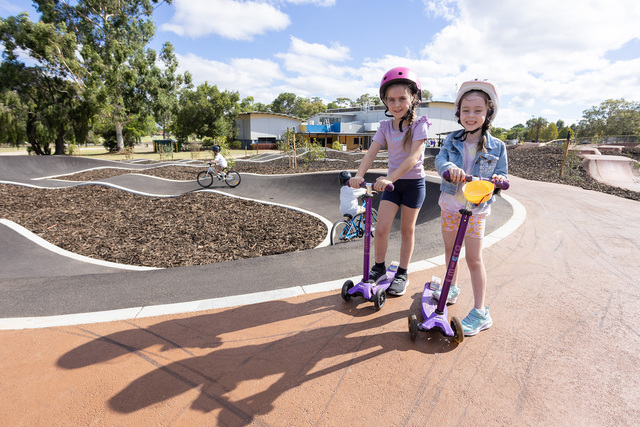Government 2.0, or the Government’s journey to adopt the Web 2.0 approach in Australia, is riding on the back of popular social media success stories from the tools themselves – Facebook and Twitter – to the people who use them, like President Obama in his election campaign. This has caused enough excited chatter across Federal Government departments and agencies to see the launch of a Government 2.0 Task Force.
Web 2.0 refers to the second generation of web development and web design that facilitates information sharing, interaction, and collaboration on the world wide web.
The advent of Web 2.0 led to the development and evolution of web based communities, hosted services, and web applications.
The exciting dimension of Government 2.0 is the impact it can have on communities where Local Government is at the front line, along with other community service agencies and organisations.
Of course, it is at this service delivery end that many people start to point out the deficiencies of all this technology evangelism. People working directly within disadvantaged communities or who are involved with the delivery of community services want to see tangible examples of how this new technology can actually help them to do their jobs better. For example, what use is Twitter to an elderly person with dementia, or a refugee that can’t read English?
But this is a misunderstanding of what the web offers to these communities and the people who work with them.
Instead of thinking about how to make what you already do better, think instead about what you can do that you could not do before, and think about what those communities might also be able to do for themselves.
It is true that Government 2.0 is about increasing transparency and participation in the policy process of government, but it is equally about empowering people in their local communities to deal with the economic, social and health problems they face themselves.
But when we look at individual ideas for empowering our communities this way, many of the ideas might appear small or insignificant. For example, a social innovation competition in the UK generated an idea to create a home visit scheme for elderly people that matched them with younger people who liked to go jogging in the same neighbourhood.
This idea might be hard for one community to implement and seems hardly worthwhile. But a single Web 2.0 based solution can be built cost effectively to serve many different people in many different areas.
Now imagine building hundreds of similar solutions, all meeting slightly different needs. Perhaps matching dog walkers with people who like to exercise but are visually impaired. Or a car pooling scheme to help working people with disabilities who cannot drive themselves.
Government 2.0 isn’t a silver bullet for community service delivery. Instead, for the first time, we have the ability to grow a diverse garden of many small but innovative community solutions.
Some ideas will fail and others will succeed. But to see the wonder of this garden you need to step back and look at the whole, rather than looking at individual blades of grass or the occasional weed.
*James Dellow is a senior business and technical consultant with Headshift Australasia, a social media consulting and development company. James has over a decade of experience in information and knowledge management, with a special interest in collaboration technologies and the relationship between people and technology. You can find him on Twitter at twitter.com/chieftech or the Headshift blog at www.headshift.com/au/







